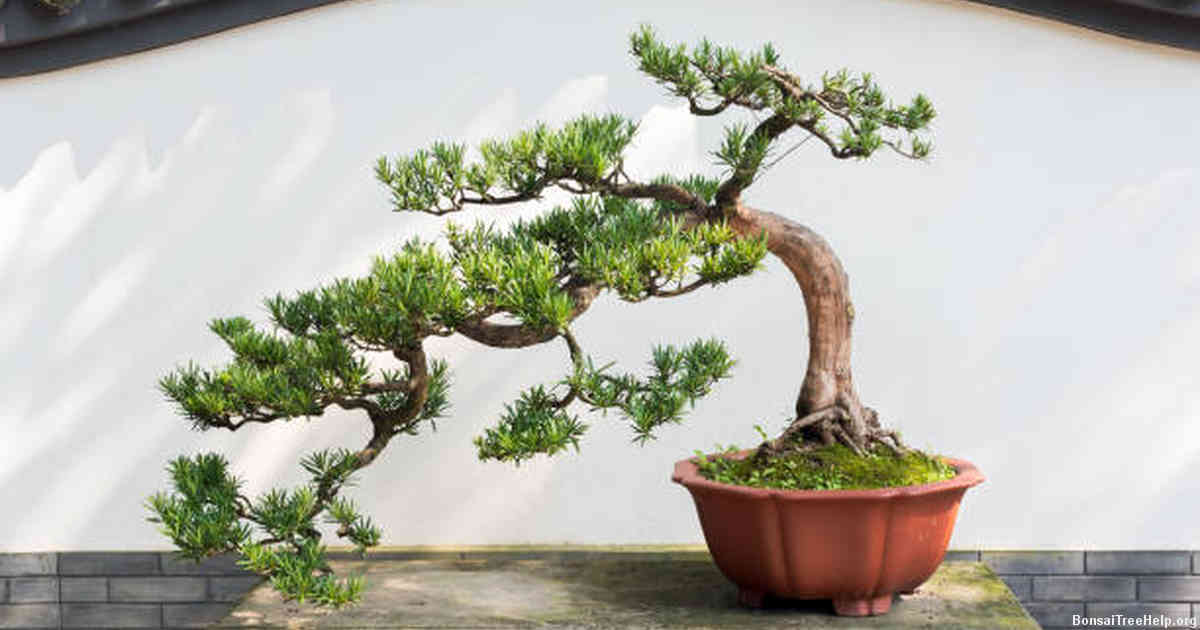
Preserving a bonsai tree requires careful maintenance and attention to its needs. To keep your bonsai healthy, you should water it regularly, making sure the soil is never completely dry. Fertilize the plant according to the specific fertilizing schedule for its type of soil and provide proper lighting that isn’t too harsh or too dim. Prune away dead branches and stems to promote healthier growth, but do not trim off more than ⅓ of new growth each year. Keep the bonsai in an environment that mimics its natural growing habitat and ensure adequate air circulation so pests don’t become an issue. Repot and prune your bonsai every two or three years as needed to maintain healthy roots while also promoting thicker trunks and denser foliage.
Contents:
- Understanding the Basic Needs of your Bonsai
- Choosing the Right Soil and Pot for your Bonsai
- Watering Techniques to Keep Your Bonsai Hydrated
- Feeding and Fertilizing Your Bonsai for Optimal Growth
- Pests and Diseases: How to Identify Them and Protect Your Bonsai
- Pruning and Shaping Tips for a Healthy and Beautiful Bonsai
- Winter Care: Preparing Your Bonsai for Cold Weather Survival
Understanding the Basic Needs of your Bonsai
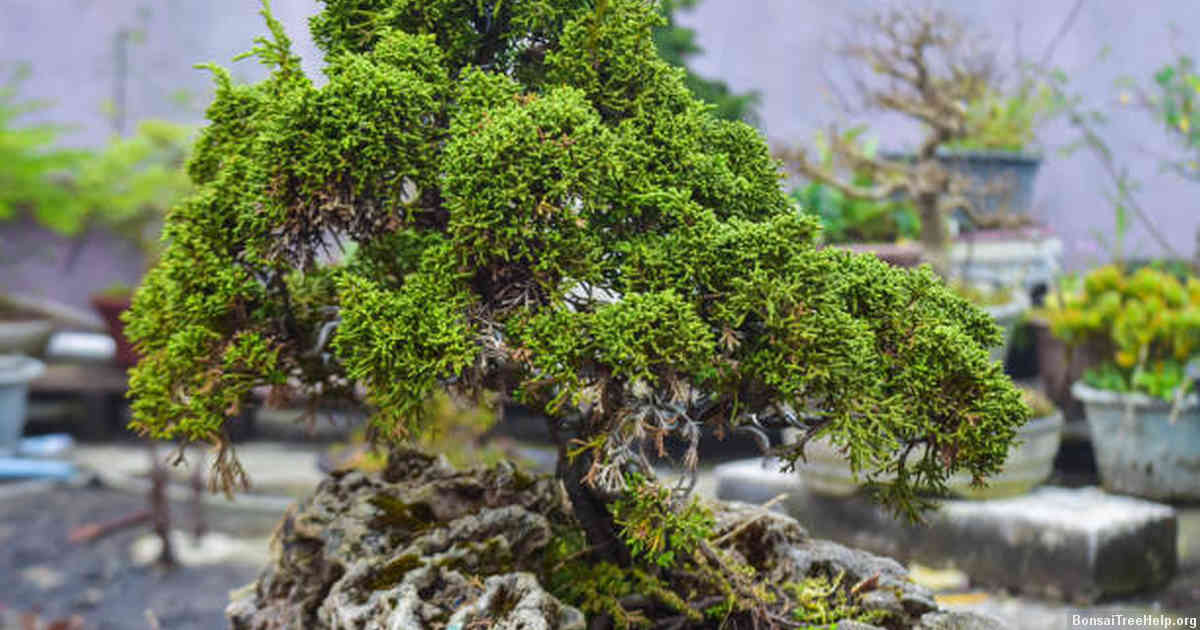
When caring for a bonsai tree, it is essential to understand the basic needs of your particular species. Plants will vary in size and shape, but all require adequate water, nutrients, and light. Depending on your bonsai’s natural habitat and climate requirements, you may have to modify the amount of care given over certain seasons or time frames.
The potting mix used for each plant should be tailored to its needs as well. While most species prefer soil with good drainage, some varieties can tolerate different levels of moisture retention and nutrient content depending on the environment they came from originally. Pruning techniques and timing also differ based on variety; careful attention to these details will help keep your bonsai looking healthy and alive.
Many owners like to use a fertilizer specifically designed for bonsai trees; this not only provides extra nutrients that could be lost through regular watering cycles but also strengthens their branches and trunks – something crucial if you want your miniature forest friend standing tall long-term. Ultimately however, whether you go with special products or sticking with plain old dirt from the garden bed – so long as you stay mindful of your chosen tree’s unique characteristics then success is just around the corner.
Choosing the Right Soil and Pot for your Bonsai
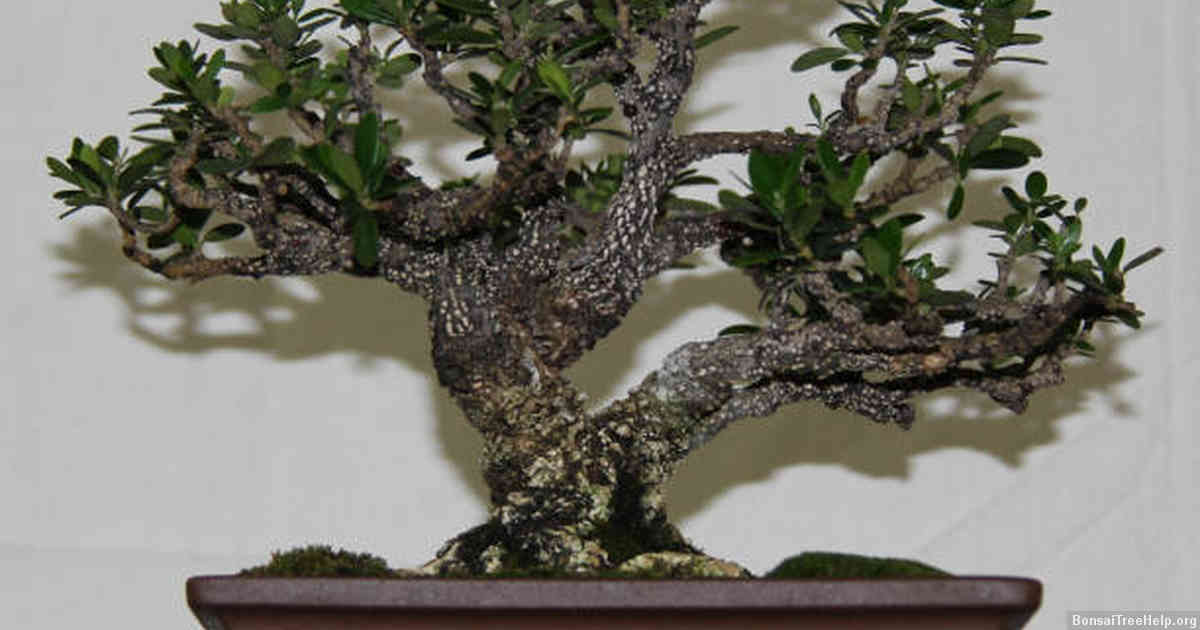
When starting a bonsai, one of the most important decisions is to choose the right soil and pot for your tree. The pot should be just slightly larger than the size of your root ball so that it can promote good drainage while still providing ample space for proper growth. When considering soil, look for well draining varieties with little clay content and make sure to use an appropriate fertilizer such as a balanced liquid or slow release granules.
For those looking to add decorative value along with functionality, there are many options when it comes to choosing a bonsai pot. Terra cotta is an excellent choice for traditionalists, as its porous structure helps keep roots ventilated which prevents root rot and allows water absorption during rainy seasons. Alternatively, glazed ceramics are also becoming popular due to their modern design aesthetic and ability to retain moisture throughout drier seasons.
In terms of maintaining healthy roots over the long-term, mulch is essential to discourage pests from consuming them while also conserving moisture in hotter months. Cedar bark works well because it slowly releases organic acids that help reduce alkalinity levels in soils thus encouraging strong root growth over time without promoting chemical runoff into nearby landscapes like some synthetic compounds do.
Watering Techniques to Keep Your Bonsai Hydrated

For bonsai owners, it is essential to maintain the proper hydration of their miniature trees. To ensure the health of your bonsai, you must use watering techniques that are specific to this type of plant. The frequency and amount of water will vary greatly depending on the climate, soil and season in which you live. In general, it is better to under-water than to over-water a bonsai tree as soggy soil can lead to root rot and death.
The best way to prevent this from occurring is to water thoroughly until moisture trickles through the pot’s bottom drainage holes. Use a fine spray nozzle or mister for the shallow pots used with bonsai trees so that each part receives equal amounts of moisture. During particularly hot weather or if leaves begin drooping due to lack of water, lightly misting in between sessions may be necessary for optimal hydration levels.
It’s also important not to let your bonsai tree sit in standing water after you have finished watering it as excessive amounts could cause significant damage as well as encourage fungal growth which could result in leaf discoloration or even death if left untreated. Monitor the top two inches of soil closely; when they become dry, add enough water so that excess runs out from drainage holes at bottom before starting cycle again. Allowing small breaks between watering sessions allows soil particles time to shrink and expand which helps improve aeration and prevents bacteria buildup making sure your bonsai tree stays healthy throughout its lifetime.
Feeding and Fertilizing Your Bonsai for Optimal Growth
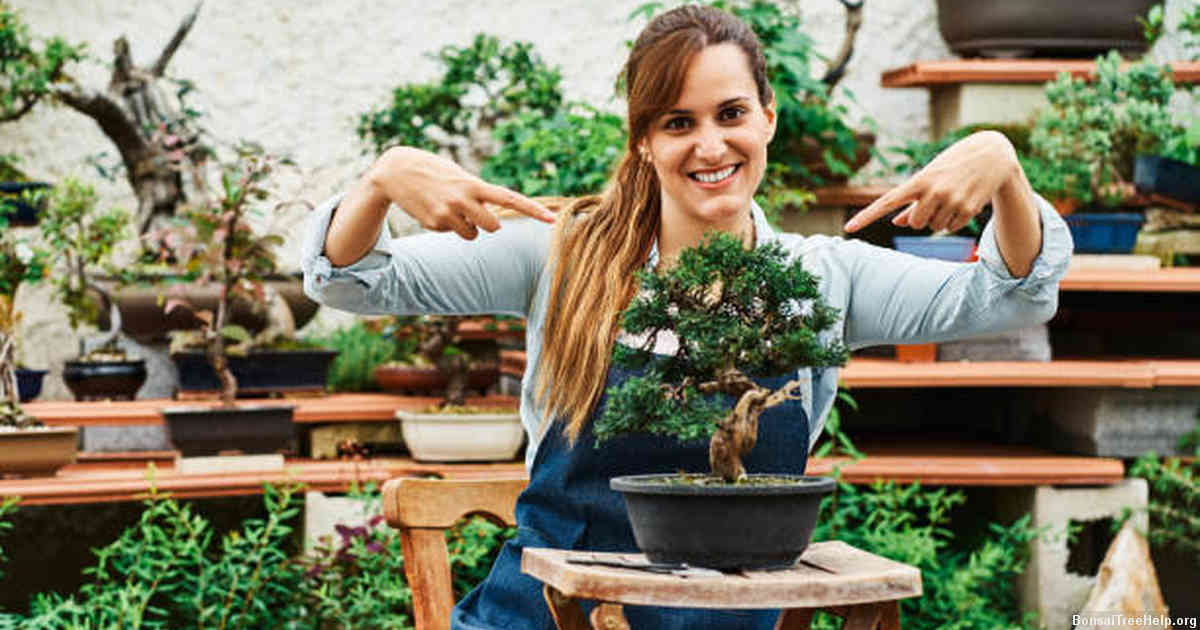
Feeding and fertilizing your bonsai is a critical part of the caretaking process. Fertilizers should be used judiciously, as too much can burn delicate roots and create nutrient deficiencies for the tree. As a general rule, you should use half the strength fertilizer recommended on package instructions and apply it in two to four applications per growing season. During times when growth is active, like spring and summer, increase feedings slightly but decrease them during winter months when your bonsai will enter a semi-dormant state.
When selecting a fertilizer for your bonsai, look for one with an appropriate NPK ratio. Nitrogen helps promote leaf growth while potassium increases overall hardiness; phosphorus will support root development, so an even balance of all three ingredients is ideal for keeping your tree healthy. However if you have collected soil from the wild or elsewhere take into consideration what nutrients might already be present in that soil before adding anything else. With that said if some particular elements are found lacking then mineral supplements can be added such as iron sulfate or copper sulfate which are fairly commonly utilized by many gardeners alike not just those tending to their bonsai trees.
It’s also important to bear in mind that some species may require specific feeding needs over others due to their individual requirements for growth and health maintenance; again this makes understanding each species’s nutritional needs extremely important when caring for them properly – research online or ask other experienced cultivators about its fertilization needs as every species has different requirements.
Pests and Diseases: How to Identify Them and Protect Your Bonsai
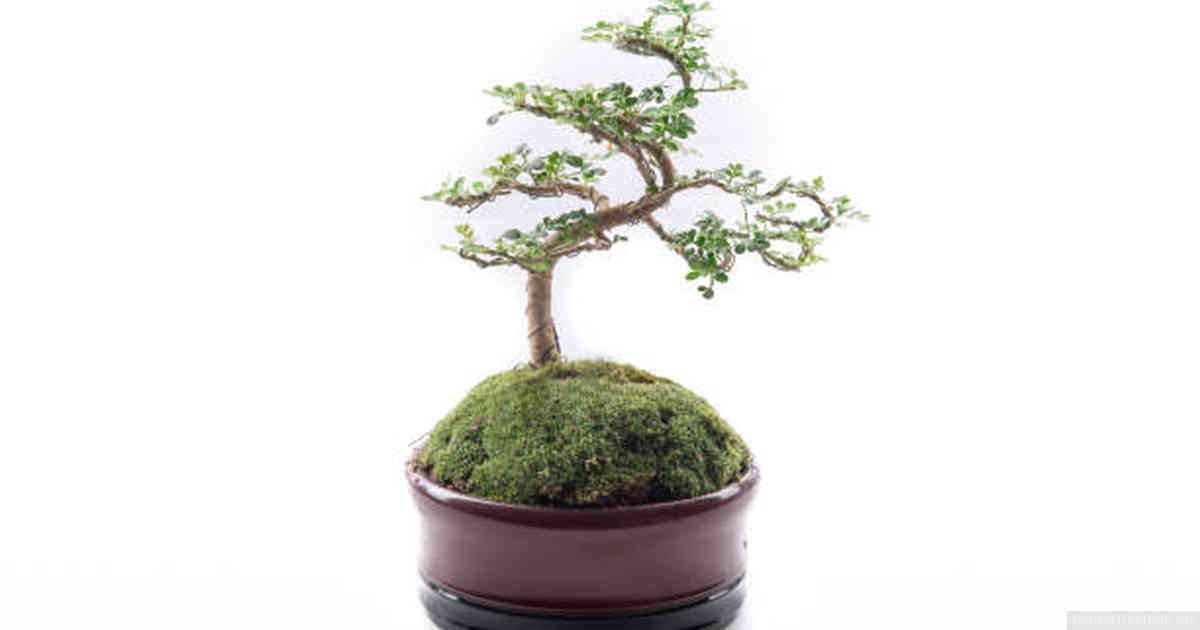
Pests and diseases are common threats to a bonsai. Identifying them quickly is key to preventing significant damage or death of the tree. The most common pests include caterpillars, mealybugs, aphids, scales, and whiteflies; while root rot and leaf spot are among the most frequent diseases.
Checking your bonsai regularly for signs of pests and disease is essential for maintaining its health. If you notice anything unusual such as discolored or yellowed leaves, holes in the leaves from caterpillars, excess sap from mealybugs or scales, then it’s time to act fast. By tackling pest infestations early on with natural solutions such as neem oil insecticide sprays or picking off bug populations by hand you can help prevent an outbreak which could otherwise kill your bonsai in a matter of weeks.
In addition to regular inspections (every two weeks) of your bonsai it’s important that you keep an eye out for any yellowing foliage which could indicate root rot – one of the biggest enemies of any living organism. To address this issue before it becomes too severe you should consider removing infected roots when repotting and make sure that no waterlogging occurs – allowing air circulation into soil can help reduce fungal growth due to dampness caused by poor drainage. Allowing plenty of space between plants in larger pots also helps ensure adequate airflow around the trees roots.
Pruning and Shaping Tips for a Healthy and Beautiful Bonsai
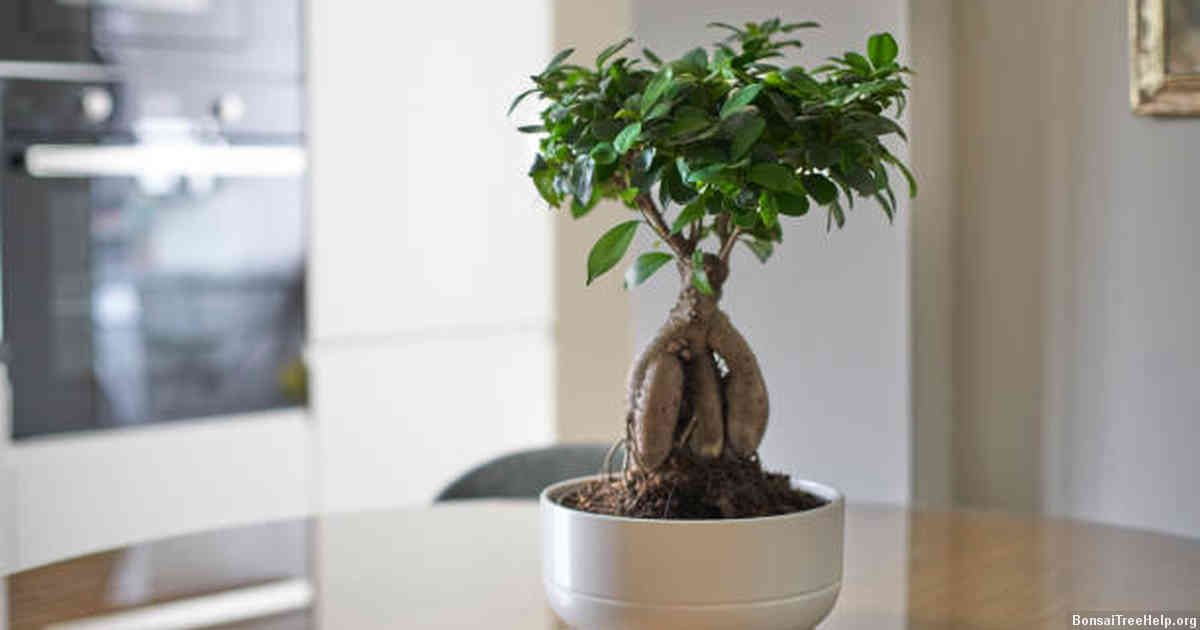
To maintain the health and beauty of a bonsai, regular pruning and shaping is essential. Pruning involves cutting back branches and leaves to reduce plant size and remove old foliage; it also helps promote new growth in certain areas. Shaping encourages an aesthetically pleasing form that follows traditional bonsai styles. Before undertaking any drastic changes to your beloved bonsai, take time to familiarize yourself with various design principles for different bonsai varieties.
It’s important to use the right tools when doing maintenance work on your bonsai tree. Manual shears are best used for small-scale leaf trimming or softwood pruning, while electric scissors can be used on larger jobs such as hardwood pruning or more extensive shaping. Cordless drills with special attachments are often necessary for more detailed sculpting projects such as jin carving or deadwood creation – though these should only be attempted by experienced hobbyists.
Taking the extra steps to create a healthy environment around your bonsai will ensure it remains beautiful over time. Use proper soil mix with good drainage so your plant can access essential nutrients; likewise make sure adequate sunlight is available in its outdoor location. Remember too that regular watering is key for keeping roots healthy and growing strong.
Winter Care: Preparing Your Bonsai for Cold Weather Survival
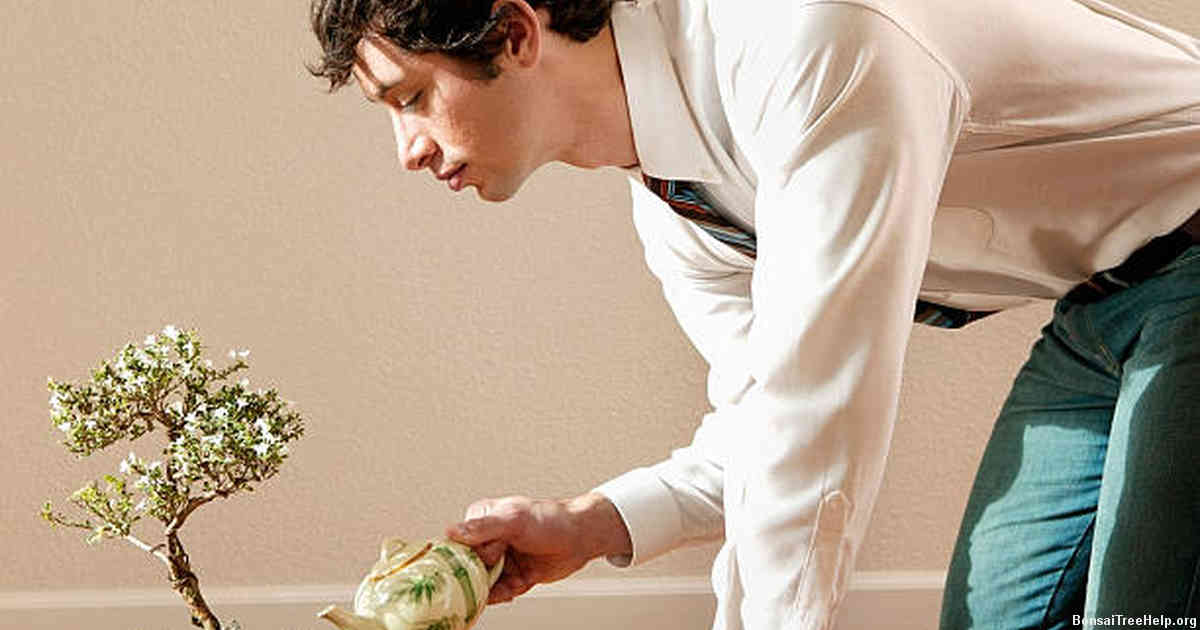
When the temperatures start to drop, it’s time to take special precautions with your bonsai tree. Bonsai care can be quite different during the colder months since many species are not hardy enough to withstand freezing conditions. Fortunately, there are several steps that you can take in order to protect and nurture your miniature trees through the winter season.
To prevent roots from getting too cold, consider investing in a few cold protection measures such as wrapping heat cables around the root ball or using fabric covers. You may also want to move them away from any drafts indoors so they don’t experience extreme temperature swings. If possible, create an outdoor shelter where bonsais can stay during periods of low temperatures while still receiving light and air circulation. Place insulation materials like bubble wrap between branches and trunk before temperatures dip below zero Celsius for more safety against frost damage.
Before the weather turns chilly be sure to give your trees a thorough watering session and finish off their growing period strong by fertilizing them with organic compost or slow-release pellets for additional nutrition throughout their dormancy phase. This will help keep them healthy once spring arrives again.
Leave a Reply